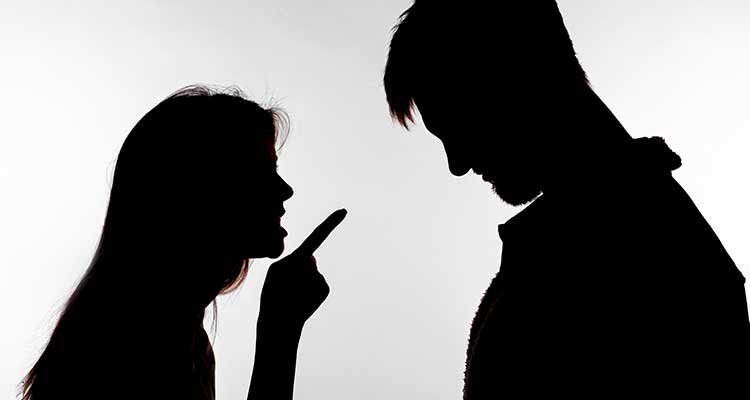When we think of abuse in relationships, the narrative often centers around women as the victims. This is a crucial perspective, as domestic violence and abuse against women are significant societal issues. However, it’s equally important to acknowledge that abusive behavior isn’t limited to one gender. Women, too, can engage in harmful behaviors that damage their partners emotionally, verbally, and sometimes even physically.
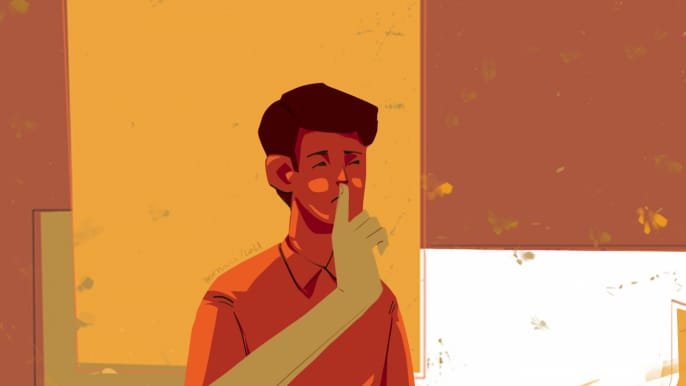
“Abuse knows no gender—it can manifest in any relationship, regardless of who the abuser or victim may be.” This blog isn’t meant to dismiss or minimize the very real struggles women face, but rather to shine a light on a less-discussed issue: women can be abusive, too.
UNDERSTANDING ABUSE BEYOND PHYSICAL VIOLENCE
When we think of abuse, our minds often go to physical violence. But abuse comes in many forms. Emotional and verbal abuse can be just as damaging, if not more so, because the scars aren’t visible. These forms of abuse can slowly erode a person’s self-esteem, confidence, and sense of self-worth.
As women, we must ask ourselves: Are we contributing to a toxic dynamic? Do we find ourselves yelling, insulting, or belittling our partners? Do we dismiss their feelings while placing our own on a pedestal? It’s easy to point fingers and label someone else as the problem, but true growth comes from self-reflection and accountability.
RECOGNIZING ABUSIVE PATTERNS
Abusive patterns can be subtle and often go unnoticed, especially when emotions are high. Here are a few signs that might indicate emotionally or verbally abusive behavior:
Name-calling or belittling: Regularly calling your partner hurtful names or belittling them in front of others.
Gaslighting: Making your partner doubt their own reality or feelings by consistently denying or twisting their words.
Emotional manipulation: Using guilt or shame to control your partner’s actions or emotions.
Dismissing feelings: Ignoring or invalidating your partner’s emotions, making them feel insignificant.
It’s not about blame—it’s about recognizing that abusive behavior isn’t just physical. Emotional scars run deep, and both men and women can leave those scars on their partners.
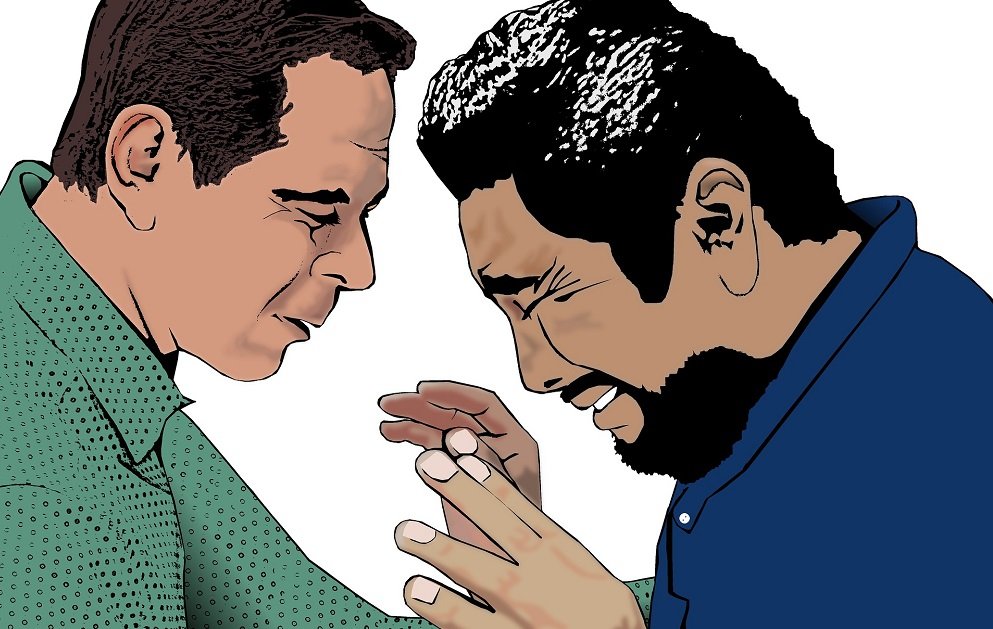
BREAKING THE CYCLE: SELF-AWARENESS AND ACCOUNTABILITY
Breaking the cycle of abuse starts with self-awareness. It means holding up a mirror to our own actions and being honest about our behavior. Do we have narcissistic tendencies? Are we engaging in toxic behaviors that we would condemn in others?
Self-reflection isn’t easy, but it’s necessary. It’s about taking responsibility for our actions and making conscious efforts to change. Here are some steps we can take to foster healthier relationships:
Communicate openly: Create a safe space for both partners to express their feelings without fear of retaliation or dismissal.
Seek help: If you recognize abusive tendencies in yourself, consider seeking counseling or therapy. Professional guidance can help address underlying issues and provide tools for change.
Set boundaries: Establish clear boundaries in your relationship to ensure mutual respect. Respecting your partner’s boundaries is just as important as upholding your own.
Apologize and make amends: If you recognize that you’ve hurt your partner, take responsibility, apologize sincerely, and work on changing the behavior. Healing begins with accountability.
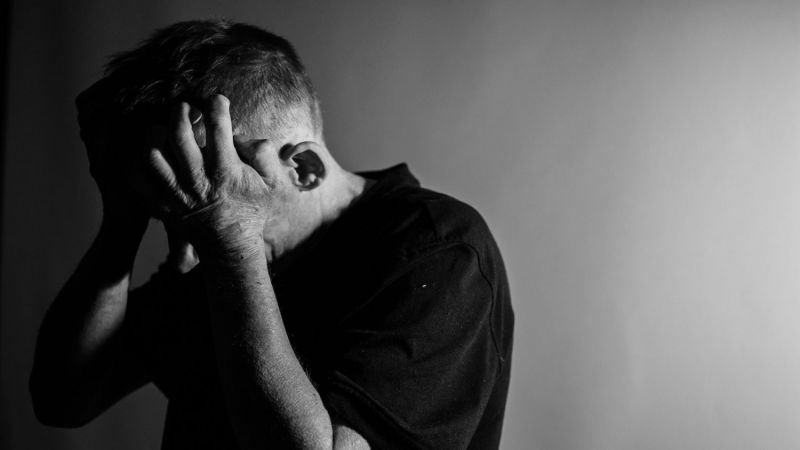
CHALLENGING THE NARRATIVE
The narrative that women are always the victims and men are always the perpetrators of abuse is not only inaccurate but harmful. It perpetuates the idea that men should endure emotional or verbal abuse without complaint, contributing to a cycle of silence and suffering.
We need to broaden the conversation about abuse to include all experiences, regardless of gender. This means acknowledging that men, too, can be victims of abuse, and that women, too, can be perpetrators. We must challenge societal norms that prevent men from speaking out about their experiences, and we must hold ourselves accountable when we engage in abusive behaviors.
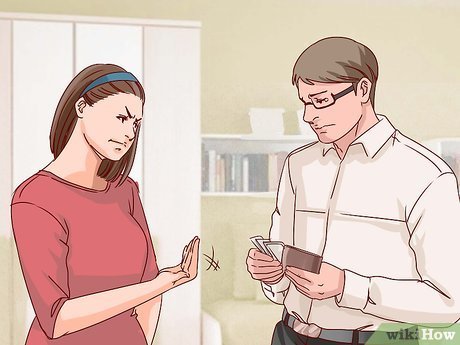
MOVING TOWARDS HEALTHIER RELATIONSHIPS
Healthy relationships start with self-awareness, communication, and respect. They are built on mutual understanding and a willingness to work through challenges together. Whether you find yourself on the receiving end of abusive behavior or recognize that you’ve been the one causing harm, the first step towards healing is acknowledging the problem.
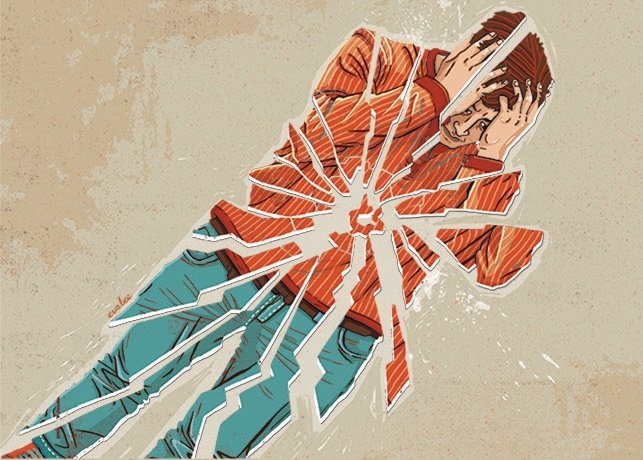
Let’s break the cycle of abuse, no matter which side of it we’re on. Healthy, respectful relationships are possible for everyone, but they start with each of us taking responsibility for our actions. By embracing accountability, we can create relationships that are built on love, respect, and mutual support.
This blog explores the issue of women as potential perpetrators of abuse more deeply and offers practical steps toward building healthier relationships. It aims to be thought-provoking, encouraging self-reflection and change.

